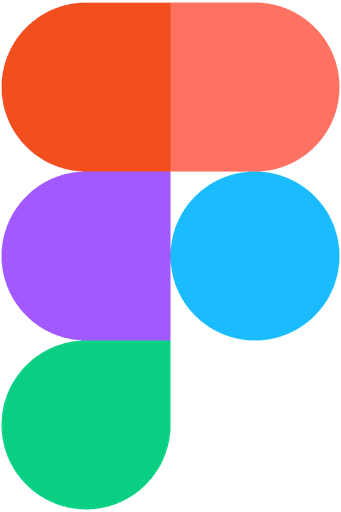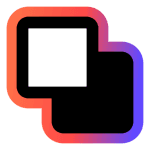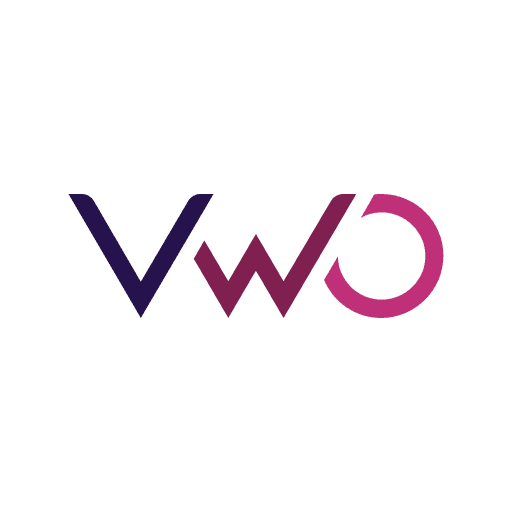Better Website
Landing Page
With user-centered approach, the goals was to create an intuitive interface for effortless learning management while incorporating gamification.
Ottawa, Ontario, Canada
2022
Artificial Intelligence
$1.578 billion (2019)
200+
Challenge
The primary challenge was to identify and address usability issues within an existing digital product, with the goal of enhancing user satisfaction and overall experience. The project aimed to uncover pain points through user research, analyze user behavior, and propose actionable design improvements that align with both user needs and business objectives.
Results
The research led to the identification of several key usability issues, including confusing navigation, unclear calls-to-action, and accessibility barriers. Implementing the proposed design changes resulted in measurable improvements: task completion rates increased by 30%, user error rates decreased, and overall user satisfaction scores improved significantly in post-test surveys. Stakeholders reported a clearer understanding of user needs, which informed future product decisions.
35%
Improved onboarding process
25%
Increase in user retention
84%
Increase in time spent on website
Process
Research & Analysis: We conducted user interviews, surveys, and analyzed in-app analytics to understand the pain points and user needs. We also studied competitor apps and industry trends to gather insights
Information Architecture: Based on the research findings, we restructured the app's navigation and content, prioritizing features and information according to user needs.
Wireframing & Prototyping: We designed low-fidelity wireframes to visualize the new layout and navigation, iteratively refining them based on user feedback. Afterward, we built a high-fidelity, interactive prototype to test the design.
Usability Testing: We conducted usability tests with a diverse group of users to validate the design and identify areas for improvement. Based on the feedback, we made necessary adjustments to the design.
Visual Design & Style Guide: We developed a cohesive visual language, including color schemes, typography, and iconography, ensuring consistency throughout the app. We also created a style guide to maintain design consistency in future updates.
Conclusion
This UI/UX research project demonstrated the value of a user-centered design approach. By systematically gathering and analyzing user feedback, the team was able to deliver actionable insights and design solutions that improved both usability and user satisfaction. The project underscored the importance of continuous user research and iterative design in creating effective digital experiences.







